These 10 quality books might be your ultimate guidance in understanding price action and how to utilize it to profit from the market.
There are many educational books discussing strategies with a variety of technical indicators. These books provide in-depth analyses of how trading strategies using a certain technical indicator work; however, most of them lack information regarding price action.

Price action is often not given heavy consideration, even though we can also base our trading strategy on this simple analysis. With price action, for example, we can generate patterns by plotting prices—current and past—on the chart and trade accordingly. In this article, we present you the 10 price action books to help you understand the market without many indicators in play. Let's begin.
1. Al Brooks' Trading Price Action Series
The series by Al Brooks consists of three installments: the Reversals, Trends, and Trading Ranges. It has become some sort of the "it" book to the point that even a Wikipedia article of price action trading is more or less a summary of the series.
Although price action trading itself is not originally Al Brooks' brainchild, it is undeniable that he has created a point of reference for price action traders. Al Brooks is able to conceptualize price action trading in a comprehensive analysis, including coining his own terms such as "trend bar", "second entry", "barb wire", or "M2B/M2S".
If you are certain that you want to be a price action trader, the series is highly recommended. After all, there is a reason why the subtitle says "for the Serious Trader". At a minimum, you should be prepared for the styles of writing that can be described as detailed but complex. Only when you are serious can you digest what the series is trying to convey.
2. Bob Volman's Forex Price Action Scalping
In this book, the price action presented by Bob Volman is focused on a style that obviously is not suitable to everyone. Bob Volman trading style involves generating small profits through scalping by using the 70-tick chart. If you are not into tick charts, Bob Volman also publishes a book based on a time chart titled Understanding Price Action: Practical Analysis of the 5-minute Time Frame. Unlike the complex writing style of the aforementioned series, this book is very readable. It is also quite affordable as it doesn't include an online subscription package or expensive proprietary indicators. What's more, Bob Voman explains seven trading setups for scalping.
3. Martin Pring on Price Patterns
This book covers essential topics of price pattern analysis such as support and resistance, trend lines, volume analysis, breakout analysis, chart patterns, and bar patterns. It is a well-structured and concise book to read, providing you with everything you need to learn about price action analysis.
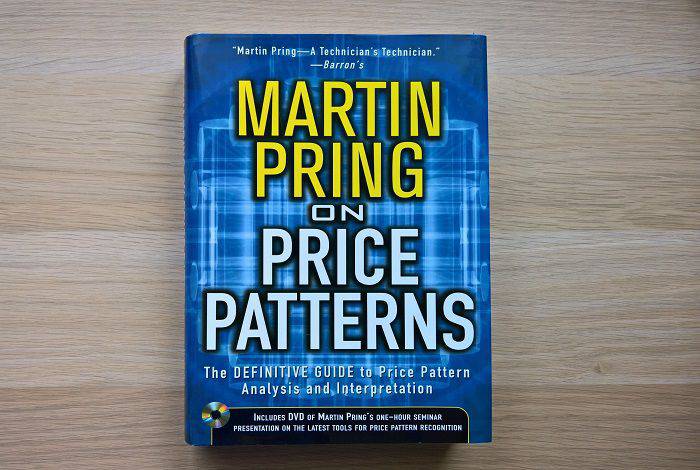
While the book lacks trading setups with a complete trading plan, it will help you gain profits with its wide ion of price pattern tools. Moreover, you will also receive a DVD bonus containing a seminar by Martin Pring himself about the latest tools for identifying price patterns.
4. Steve Nison's Japanese Candlestick Charting Techniques
The Japanese candlestick chart is now a staple for any trading platform since Steve Nison introduced it to worldwide traders. Candlesticks significantly improve traditional bars in such significant way that the candlestick chart has become the default type of chart for most traders. Thus, it is not surprising that terms such as "Hammer", "Engulfing", and "Shooting Stars" are now quite popular amongst price action traders.
The popularity of candlestick patterns means that you will find many educational contents about them for free on the internet. But if you want a detailed and reliable reference, we highly suggest you read Japanese Candlestick Charting Techniques. Steve Nison further expands his idea on candlesticks through his other book, Beyond Candlesticks: New Japanese Charting Techniques Revealed.
5. Mircea Dologa's Integrated Pitchfork Analysis: Basic to Intermediate Level
Developed by Alan Andrews, the Andrews' Pitchfork is a technical indicator that plots three parallel lines on a chart. Although Pitchfork is created around trendlines, price action traders can make use of it by adjusting their trading methods to trendlines and price channels.
Many books discussing Pitchfork have been written. On this occasion, we recommend you to read Mircea Dologa's one. What makes this book so great is because it gives you a detailed explanation of the Pitchfork, plus it is written with beginners in mind. In addition, the book receives great reviews from popular technical analysts such as Chuck Lebeau and Dr. Hank Pruden.
6. John Hill, George Pruitt, and Lundy Hill's The Ultimate Trading Guide
Written by three authors, this book seeks to guide traders to develop their mechanical trading systems. The majority of the book is focused on the price action behaviors like action/reaction, continuation, reversals, and support/resistance levels. Although called the ultimate guide, the book, objectively speaking, is far from it. That said, the long discussion about price action may inspire you to create a price action trading strategy.
Some of the topics covered in the book are practical applications of the Elliot Wave Theory, bar patterns that open up trading opportunities, channel trading, swing trading patterns, etc.
7. Anna Coulling's A Complete Guide to Volume Price Analysis
As the title implies, the book has everything you need to know about volume in price analysis. Indeed, the book is very useful especially since many price action traders apply volume in their trading strategies. It also greatly complements Al Brook's series that does not include volume in the price analysis.
Since the significance of volume is often difficult to grasp, volume trading strategies are rare and confusing. Anna Coulling knows this so well, and she manages to flesh out the topic in an easy-to-understand writing style. She does a great favor for traders who look for a guide to volume analysis. As the cover says, read the book then read the market.
8. Thomas Bulkowski's Encyclopedia of Chart Patterns
Thomas Bulkowski uses reliable market data and statistics for his book. Thus, when it comes to the statistical study of price patterns, the book is second to none. Encyclopedia of Chart Patterns is, among others, guidelines to chart patterns identification, success and failure rates in uptrends and downtrends, best volume patterns, trading methods, and characteristics of failed patterns.
This encyclopedia does not actually introduce you to particular trading strategies. But there are a lot of facts and figures which you can create your own strategy around.
9. L.A. Little's Trend Qualification and Trading
Trend identification is a critical skill that traders of all styles must learn. In this book, L.A. Little constructs techniques by which traders may assess whether or not a trend possesses quality to trade by using only price and volume. The use of price and volume certainly cater to price action traders that want a minimalist approach. L.A. Little presents in detail how to get into actions that will generate great potential profits or how to avoid false signals that will lead to impending losses.
To qualify or disqualify a trend, L.A. Little creates a framework that does not merely rely on moving averages or trendlines that most price action traders do. This is, of course, not a groundbreaking approach, but one that will give you different outlooks on how to approach a trend.
10. Adam Grimes's The Art & Science of Technical Analysis
Adam Grimes structures his book into three parts i.e. the market structure, price action, and trading strategies, hence the subtitle of the book. The introductory part offers you an idea of the dynamics of the market structure. After that, the book delves into charts and trading setups, all while explaining the art of trading.
The collection of trading templates is particularly impressive. It does not tell you to exactly follow the rules, nor does it keep you away from specifics. Instead, the templates can be adjusted based on your analysis. Furthermore, sections dedicated to risk management and how to become self-directed traders make this book one of the most well-rounded price action books.
Before you grab your price action books...
Keep in mind that price action analysis is a part of technical analysis. That's why you should make sure to have solid knowledge about technical analysis before diving deep into price action trading. If you have already understood the basics of technical analysis and seek to improve your skill further, you may pick one or some of the best price action books we have presented above.
Please note that not all these books are for everyone. For example, Bob Volman's book is more suitable for scalpers, so if scalping is not your style, you better stay away from it. Or, Anna Coulling's book elaborates on the importance of volume analysis. Again, if price volume is not your thing at this moment, you may want to master other essential aspects of price action trading.

 Dedicated FREE FOREX VPS
Dedicated FREE FOREX VPS Free FOREX Virtual Private Server
Free FOREX Virtual Private Server MT4 Demo Contest, Get $500
MT4 Demo Contest, Get $500 Sign Up for an Account, Claim 60% Deposit Bonus
Sign Up for an Account, Claim 60% Deposit Bonus Free MT4/MT5 VPS 2024
Free MT4/MT5 VPS 2024 Send E-mail and Get Free Merchandise
Send E-mail and Get Free Merchandise $1K Refer a Friend Bonus for Pepperstone Pro clients
$1K Refer a Friend Bonus for Pepperstone Pro clients Maximize Your Earnings with 100% Deposit bonus
Maximize Your Earnings with 100% Deposit bonus Trade to Win, $5,000 Monthly Demo Contest
Trade to Win, $5,000 Monthly Demo Contest Claim 30% + 15% Deposit Bonus from LiteFinance
Claim 30% + 15% Deposit Bonus from LiteFinance

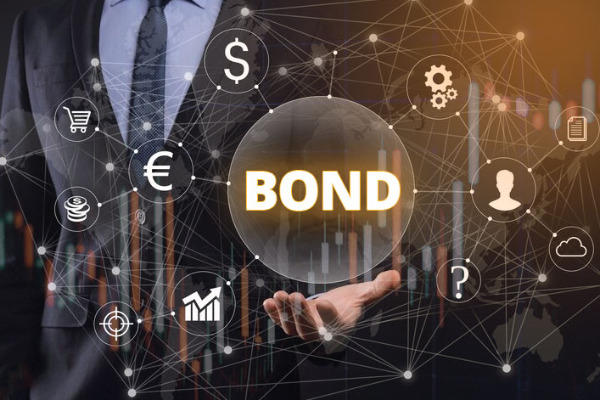

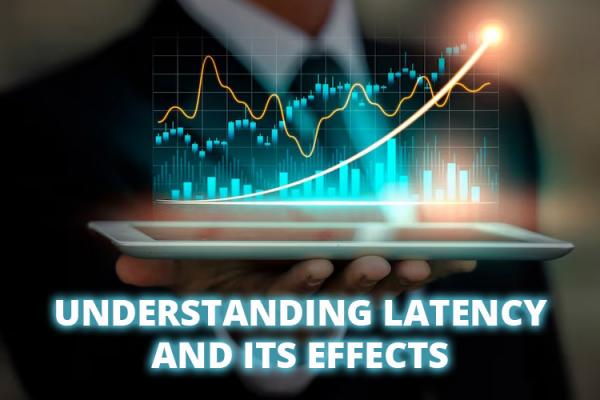
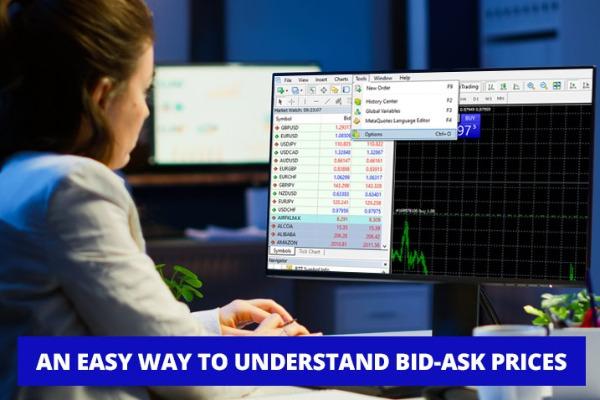
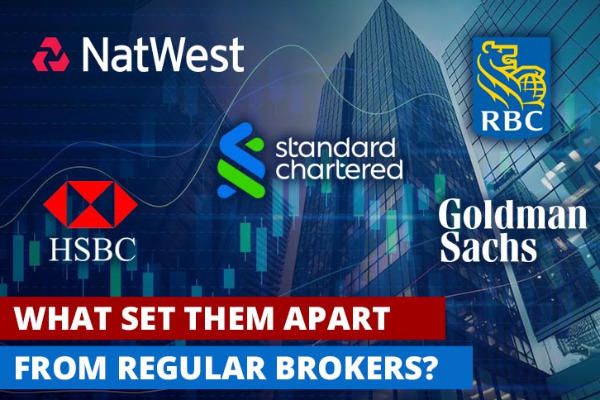






2 Comments
Sadil
Jan 23 2024
Hey there! Before I grab any price action books, a huge thanks to the article for helping me out. I've been on the hunt for some good reads on price action, and this article came just in time. Couldn't decide which book to go for, but now Steve Nison's work has piqued my interest, especially with his introduction of Japanese candlesticks. The article points out how Nison's contribution made Japanese candlestick charts a staple on trading platforms, overshadowing traditional bars and becoming the default for most traders.
Before I hit the purchase button, I'm curious – what's the deal with Japanese candlesticks in Nison's books? Also, if memory serves me right, we were already using Japanese candlesticks before, weren't we?
Charlie
Jan 25 2024
Nison's books typically cover the history, patterns, and interpretation of Japanese candlesticks. You can expect to learn how to identify various candlestick patterns and use them to make informed trading decisions. It goes beyond just recognizing the patterns; Nison often emphasizes the psychological aspects behind the candlestick formations.
As for your memory, you're correct! Japanese candlesticks have been utilized in trading for centuries. Nison, however, played a significant role in popularizing and explaining their application in a way that became accessible to a broader audience. His work has indeed contributed to the widespread adoption of Japanese candlestick charts in modern trading. So, diving into Nison's books can offer a deeper understanding of these candlesticks and enhance your price action analysis skills. I suggest you to read this article too : How to Master Price Action Trading with Candlesticks
By reading that, you can easily learn the book because you don't have to learn the basic of candlestick since you got that knowledge in here